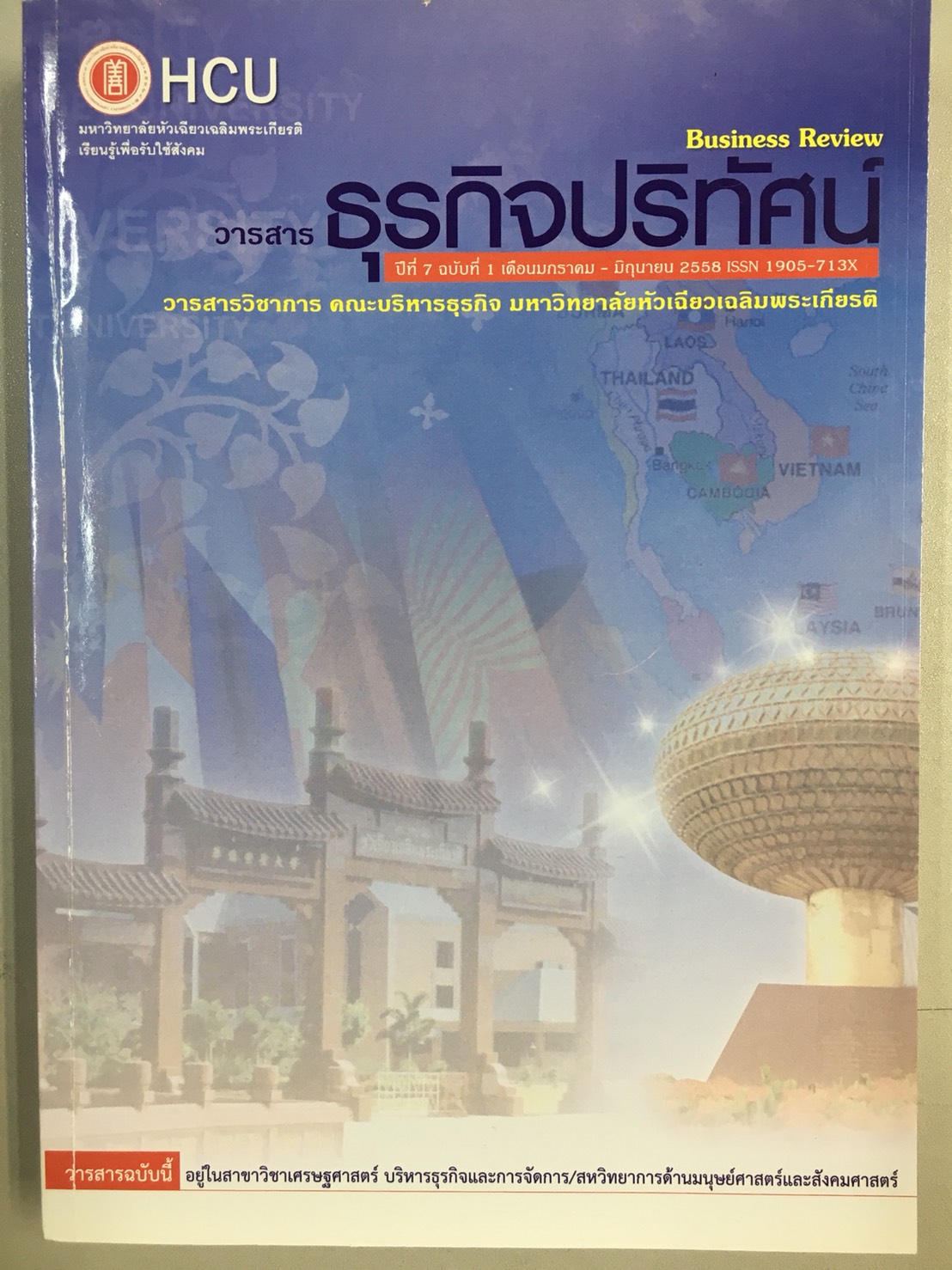An Analysis of Risk Management of Saving and Credit Cooperative , Ltdat Sample University in comparison with Saving and Credit Cooperatives in Samutprakarn Province
Keywords:
Risk Management, Saving and Credit Cooperative, Financial ratiosAbstract
An analysis of risk management of Saving and Credit Cooperative, Ltd at Sample University in comparison with saving and credit cooperatives in Samutprakarn Province adopts the fundamental framework of CAMELS ANALYSIS in 6 dimensions utilizing relevant financial ratios. The saving and credit cooperatives used as comparisons will be divided into three groups : 5 big, 5 medium and 5 small ones. The results showed that the strengths of the Sample University Saving and Credit Cooperative prevailed in the following areas. In the fourth dimension (earning sufficiency), the earning growth and the ratio of profit per member increased. In view of the first dimension (capital adequacy), Sample University Saving and Credit Cooperative placed its emphasis on internal financing rather than external borrowing. That is why the debt to equity ratio and the growth rate of debt had a declining trend. In the fifth dimension (liquidity), the working capital ratio of 2.25 times suggests that there were sufficient current assets to cover current liabilities.
As regards the weaknesses of Sample University Saving and Credit Cooperative, in the first dimension (capital adequacy), the growth rate of capital and reserves to assets ratio remained low. In view of the second dimension (asset quality), the assets did not generate much revenue. Most were allocated to deposits at other cooperatives. In the third dimension (management capability), deposits and loans were rather stagnant.
Downloads
Published
How to Cite
Issue
Section
License
All articles published in the Business Administration and Management Journal Review are copyrighted by the journal.
The views and opinions expressed in each article are solely those of the individual authors and do not represent those of Huachiew Chalermprakiet University or any other faculty members. Each author is fully responsible for the content of their own article. Any errors or issues found are the sole responsibility of the respective author.




